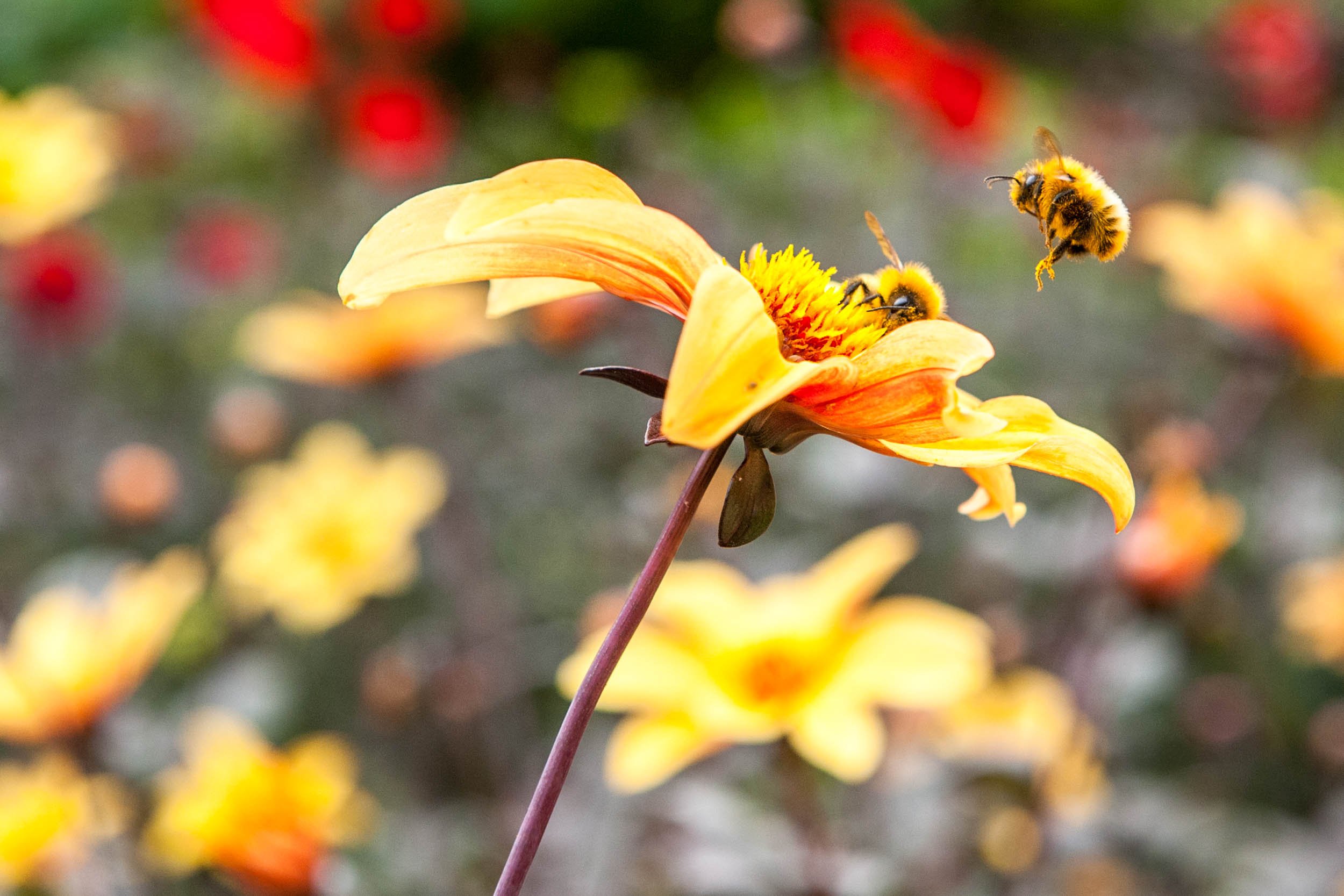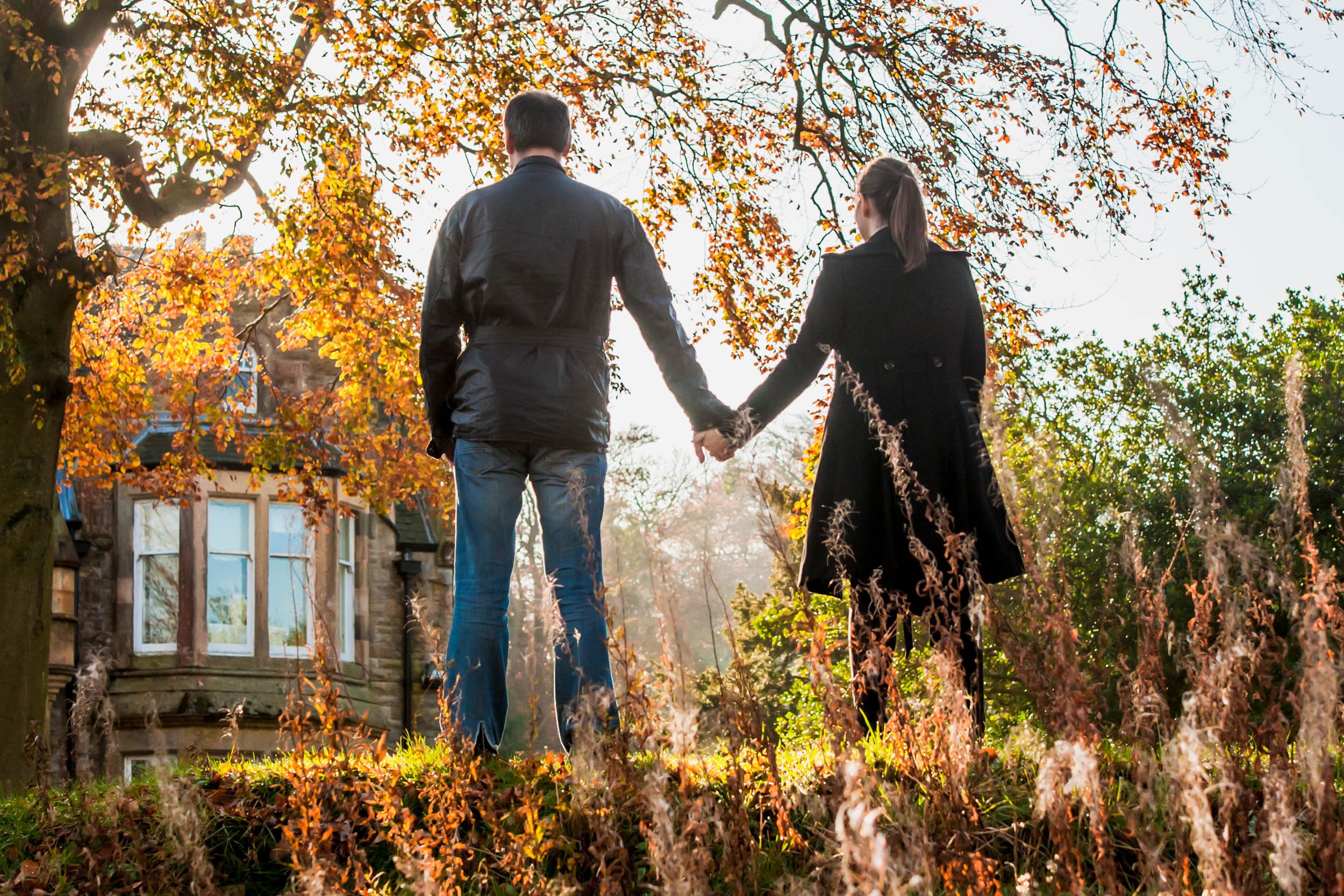Twenty Top Photography Tips
Here are 20 tips designed to help you to improve your photography skills. I hope that you find them useful.
Learn Camera Settings
It may seem daunting to try and understand how a camera works and to work out what all the dials and controls mean, something not helped by complicated and dry manuals that come with cameras. There are some great videos on YouTube, though, and all of Tom Ang’s books are excellent places to start learning:
Understand Aperture
Aperture is a great way to unleash your creativity, so if there is one skill to hone in on, make it aperture. For example, in the picture below, the background is blurred, whilst the main subject is sharp; this is the depth of field achieved by controlling the aperture.
Take Fewer Photographs
Less is more. Think back to the days of film when you had a roll of 12, 24 or 36 when you needed to think carefully before taking a photograph. Don’t just rattle off a load of pictures to pick the best. Instead, take some time composing and carefully framing the shot. Think about the settings, light, and story before photographing. Then, once you have pressed the shutter, you can (thanks to digital) do what you couldn’t do with film and retake it if necessary.
Go on a Course
Sorry for the plug; I run courses on camera settings and photography techniques. They take place in Balmaha, Loch Lomond, with plenty of 1 to 1 training, which could be a good investment, especially if you commit to putting your new skills to use in the crucial months straight after the course. See details below.
A 2.5-hour photography training course at Loch Lomond by Professional Photographer Paul Saunders. The course takes place outside, around the beautiful village of Balmaha and is suitable for all experience levels.
Learn all the essential camera settings with ‘hands-on’ instruction on taking creatively composed and correctly exposed photographs. Purchase a voucher for each person attending.
Each course has up to 6 participants, so there are plenty of opportunities to get 1-to-1 training.
Voucher Terms: Vouchers are valid for any scheduled training course of the same value and are subject to availability. Please get in touch with Paul to book a date as soon as possible to avoid disappointment. Vouchers are valid for 18 months from the date of purchase.
Commit to a Photography Project
A photography project is a great way to focus on improving your techniques. If you would like some ideas and inspiration check out my Ten Photography Project ideas article.
Go to the Photography Show
I’ve been attending the annual Photography Show in Birmingham for 10+ years. It’s held in March at the NEC, with many free seminars where you will pick up top tips from leading industry experts and suppliers. So if you can get there, I would highly recommend it.
Capture Emotion
Capturing natural moments, ideally, ones with real emotion (one reason I love photographing weddings), is powerful. So try to take a subject or scene that will drive emotions when viewed again by you (or others), maybe something that makes you happy, sad, laugh, cry, or any other type of emotion.
Share your Photographs
Join a local photography club, often a great way to get access to staged shoots and learn from like-minded people. You could also start sharing on social media.
Be confident about your Photography
A critical follow on from the previous tip. Do learn from others, especially technical skills. However, regarding content, remember that photography, like art, is subjective. Be confident with your work, and don’t be deterred by negative comments. I’ve seen budding photographers become disillusioned at photography clubs and share their work online by direct and not helpful or thoughtful feedback.
Seek Photography Inspiration
Find photographers whose work inspires you. Look at examples with fresh eyes and break down the key elements you like about their photographs. You’re not looking to replicate what they do, but do look for the ingredients that you feel make their work so good.
Keep your Photos Sharp
You can correct many things in editing software. However, your picture will need to be sharp. Practice holding your camera still (using your body to help keep the camera steady) and understand the shutter speed that you shouldn’t go below when handheld. Consider using a tripod to help during low light.
Use Great Light for Photography
Start looking at light and discover how to work with it. Learn the difference between solid daylight and shade. Plan to use the Golden Hour, the first and last hours of daylight. See how shooting photographs at these times can produce beautiful results.
Don’t Forget your Camera!
Ok, an obvious one. But how often have you seen a stunning scene and not had your camera with you? So keep a camera in your car or with you when out and about.
Use a Prime Lens
In another tip, I urge you to spend on equipment wisely. However, prime lenses are often reasonably priced and produce some stunning results. So what is a prime lens? And why are they so good? Click here to find out more.
Find New Angles for your Pictures
Don’t just shoot at eye level; get down low (or high) for well-photographed landmarks; try and find a more unusual angle.
Find a Photography Buddy
Find someone you can disappear on trips with, someone you can bounce ideas off. Then, you won’t be worried that you’re holding back family or friends who aren’t photographers as you look for the perfect shot.
Don’t Overspend on Camera Equipment
Don’t be tempted to buy lots of expensive and heavy equipment. Instead, a lightweight, more portable kit may be more effective and practical.
Create a Digital Workflow for Editing
Use a system such as Lightroom to manage your library and handle your editing. If your computer can take the extra hard disc space, consider shooting RAW (shooting format) to allow further editing. Ensure that you have a good backup system so you don’t lose your images if your computer breaks or is stolen.
Present your Photography Portfolio
Do something with your favourite photographs beyond viewing them just as digital files. Get them printed and put them in frames, or make an album. Cherish your work, and you may be pleasantly surprised at how good they look when published or printed.
Push yourself Creatively
Review your work critically (but reasonably) and seek to improve it creatively. Set yourself assignments and challenges for the year ahead. Push yourself creatively but most importantly, enjoy the photography!
Happy photography!
About Paul
Paul Saunders, a professional photographer, is based in Loch Lomond & The Trossachs National Park, photographing weddings, families and businesses throughout Scotland. He also runs popular short photography training courses.
Visit Paul’s other websites Paul Saunders Marketing & See Loch Lomond.
Thanks for reading this blog I hope you found these 20 top photography tips useful.






